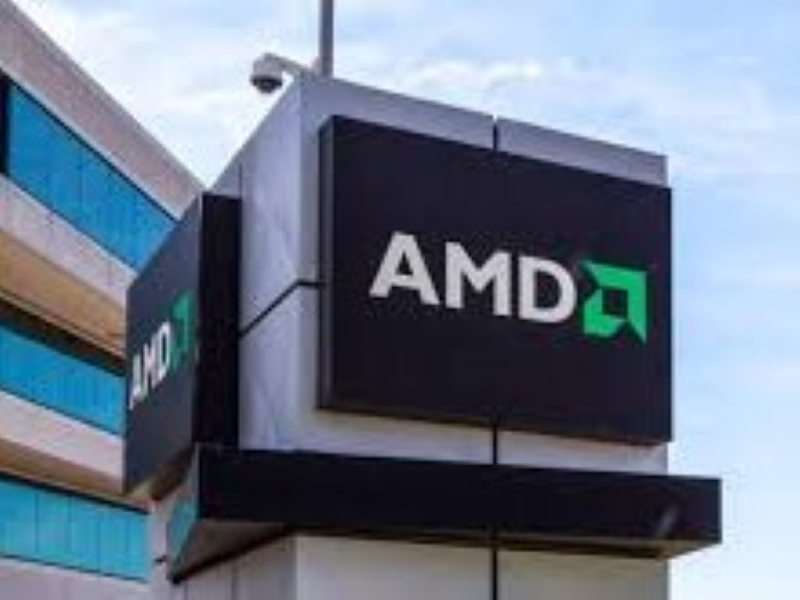- Reveals Instinct MI350 series and MI400 preview
- Announces open standards rack design and ROCm 7
What happened: AMD outlines AI chip roadmap and Helios rack system
At the “Advancing AI” event on 12 June 2025 in San Jose, AMD launched its Instinct MI350 series, including MI350X and MI355X. These chips offer four‑times over the MI300X for training and inference. AMD highlighted up to 40% more tokens per dollar than Nvidia’s B200 chips. The MI350 chips will ship in Q3 2025 via OEMs like Dell, HPE, Supermicro, and cloud providers. AMD also previewed the future MI400 GPUs, designed for its Helios rack‑scale system in 2026.
The Helios rack will support up to 72 MI400 chips, Zen 6‑based EPYC Venice CPUs, and full open‑standards networking. AMD also announced ROCm 7 software, which improves inference and training performance three to 3.5 times versus ROCm 6 and supports distributed inferencing. Major partners such as Meta, OpenAI, Microsoft, Oracle, xAI, Red Hat, and Astera Labs joined AMD onstage to discuss deployment. These advancements build on AMD’s recent ZT Systems acquisition to boost rack design and integration.
Also Read: AMD EPYC chips power Nokia telecom cloud
Also Read: AMD acquires Untether AI team to bolster chip design talent
Why it’s important
AMD’s MI350 series raises the bar for AI compute and efficiency. With four‑times the power of MI300X, it brings higher performance to AI workloads. The upcoming MI400 and Helios rack offer a fully open‑standards platform. This positions AMD against Nvidia’s proprietary infrastructure. ROCm 7 signals stronger developer engagement with enhanced performance and features.
The participation of leading AI firms shows broad industry support. AMD’s end‑to‑end ecosystem from silicon to software and systems helps create competition. This will benefit cloud providers, enterprises and researchers by expanding choices in AI infrastructure.

